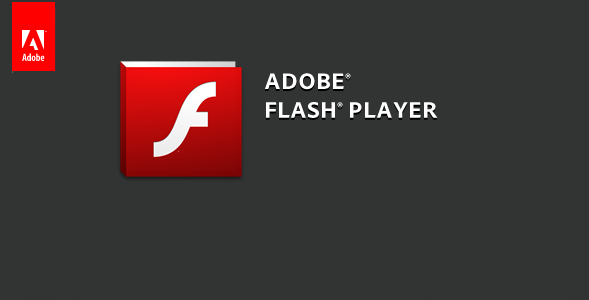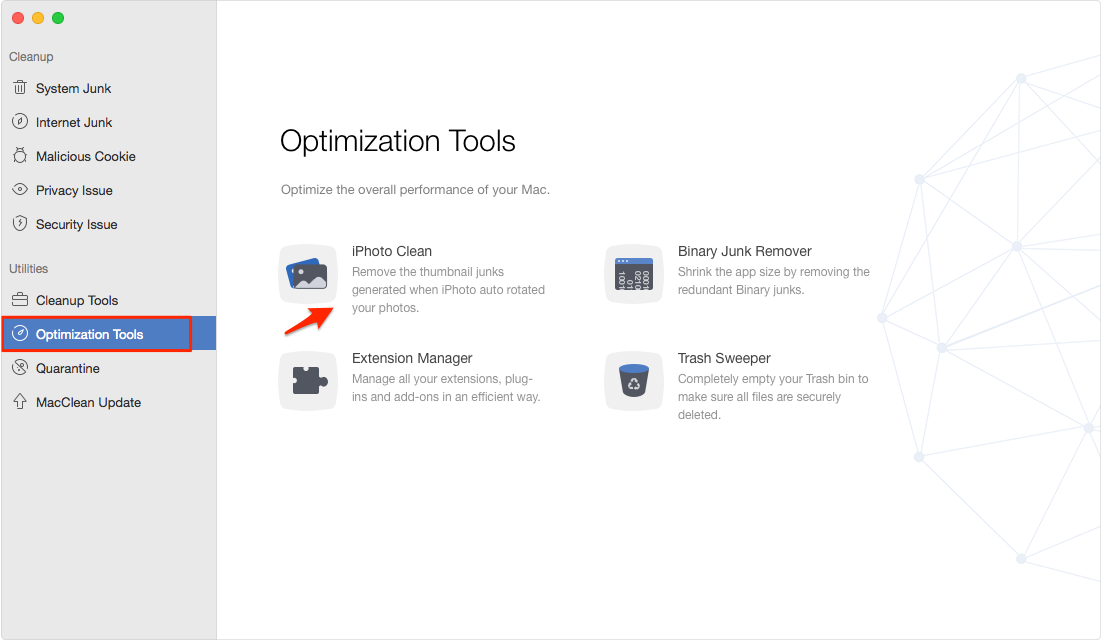
Adobe Flash For Mac 10.13
In continuing to provide the direct download links for major Adobe products such as,,,, and, below you’ll find the DDL for the brand new just-released (the final version). This is important because the free Flash Player is the most widely-used and often-downloaded software in world, and some folks find it easier to access it quickly and directly, without a download manager (e.g., Akamai), or with their own DLM, and without additional products or toolbars included. Check your current Adobe Flash Player:? What’s New in Flash Player 11? Flash Player was updated yesterday (Aug 11, 2015), but with the increasing number of different browsers and device form factors that Flash Player supports, I’m left bewildered by which direct link executable I require.
Adobe Flash Player for Mac, free and safe download. Adobe Flash Player latest version: Essential web browser plugin for multimedia content. Adobe Flash is an essential component for watching video and playing multimedia games on the web. Beginning with Flash Player 10.3, the Local Settings Manager supersedes this Online Settings Manager for managing global settings on Windows, Mac, and Linux computers. The Local Settings Manager can be accessed in the Control Panel on Windows and in System Preferences on Mac.
 You won’t find the shiniest interfaces, but you will find simple, functional software that doesn’t want to push junkware on you or sell you anything. DupeGuru is also available for Linux, thanks to being cross-platform and open-source — however, it’s not in most Linux distributions’ software repositories and takes a bit more work to install. FSlint offers a good graphical interface and should be available in most Linux distributions’ software repositories. Fdupes is a great command-line tool you’ll find in most distributions’ software repositories for easy installation.
You won’t find the shiniest interfaces, but you will find simple, functional software that doesn’t want to push junkware on you or sell you anything. DupeGuru is also available for Linux, thanks to being cross-platform and open-source — however, it’s not in most Linux distributions’ software repositories and takes a bit more work to install. FSlint offers a good graphical interface and should be available in most Linux distributions’ software repositories. Fdupes is a great command-line tool you’ll find in most distributions’ software repositories for easy installation.
I don’t wish to get an online installer from. I prefer direct links. Googling, I found the following and confirmed by initiating the download that these are the most recent (from HTTP header, the ‘Last-Modified’ date is dated Aug 7th): (a) Win (Firefox, Chrome) (b) Win (IE) (c) Mac But I have several question regarding the above URIs: (1) Are the.MSI and.EXE identical (other than the file extension)? (2) Are the Windows files for IE for use with Windows 8.x and Windows 10 (because I read that Microsoft now takes responsibility for Flash Player updates)? (3) Does the single Mac.DMG file support all browsers on the Mac (i.e., Safari, Chrome, Firefox)?
If you use Outlook 2016 for Mac in more than one capacity, such as for your personal life and for work, you can set up Outlook to handle these different capacities by using profiles. A profile is associated with and stores a set of email messages, contacts, tasks, calendars, account settings, Scrapbook clips, and more. In the previous version for Outlook for mac, in order to create a new identity, or profile, you would open up the Database Utility to create the new identity. This has changed for Office for Mac 2016, identities are now referred to as profiles, and the Database Utility is now called 'Outlook Profile Manager'.  Outlook 2016 for Mac uses the term Profiles not Identities. Profile is a set of email accounts and user settings. Outlook Profile Manager is a tool included with Outlook 2016 that allows user to create, delete and set default Outlook Profile.
Outlook 2016 for Mac uses the term Profiles not Identities. Profile is a set of email accounts and user settings. Outlook Profile Manager is a tool included with Outlook 2016 that allows user to create, delete and set default Outlook Profile.
(4) What’s the difference between the URIs that do not indicate the version number and those that do [e.g., difference between (b) and (c), and between (e) and (f)]? (5) Are the above URIs I’ve listed above from the Extended Support Release (ESR) branch or normal non-ESR branch of Flash Player (ESR only updates for security vulnerabilities and no new features are added)? (6) What are the URIs for the other branch of Flash Player that are not listed? It’s no wonder IT journalists and pro-HTML5 video supporters have been continuing to hope Flash sooner rather later is consigned to the history books. Best free mkv player. I appreciate your help in this regard. Well, you should be able to use the.MSI and.EXE installers interchangeably. As for your other questions – the newer versions of Microsoft’s Internet Explorer browser (like IE versions 10 and 11), as well as the new Edge browser for Windows 10 both have the Adobe Flash Player already built in So does Google Chrome.
Adobe Flash For Mac Chrome
In all those cases, the system or browser itself is responsible for keeping Flash up-to-date. The only major web browsers that don’t have Flash built-in are Firefox and Apple Safari. But generally these days, if we’re looking for the direct download links to any Flash Player version – including the current one – we just use the instead.